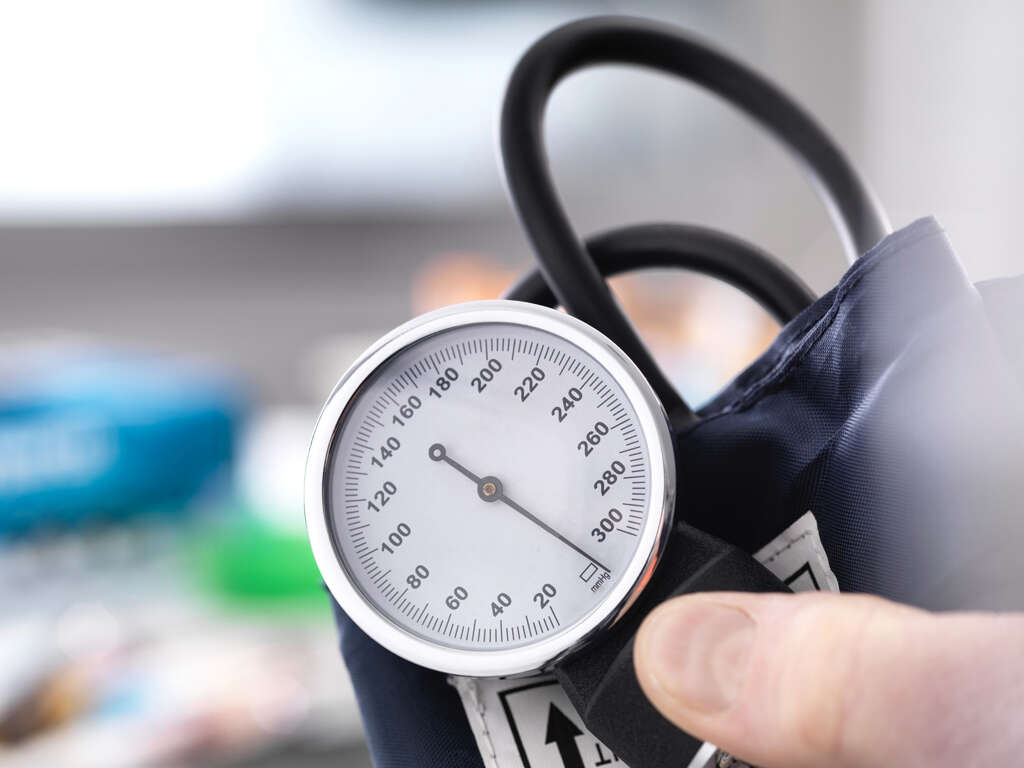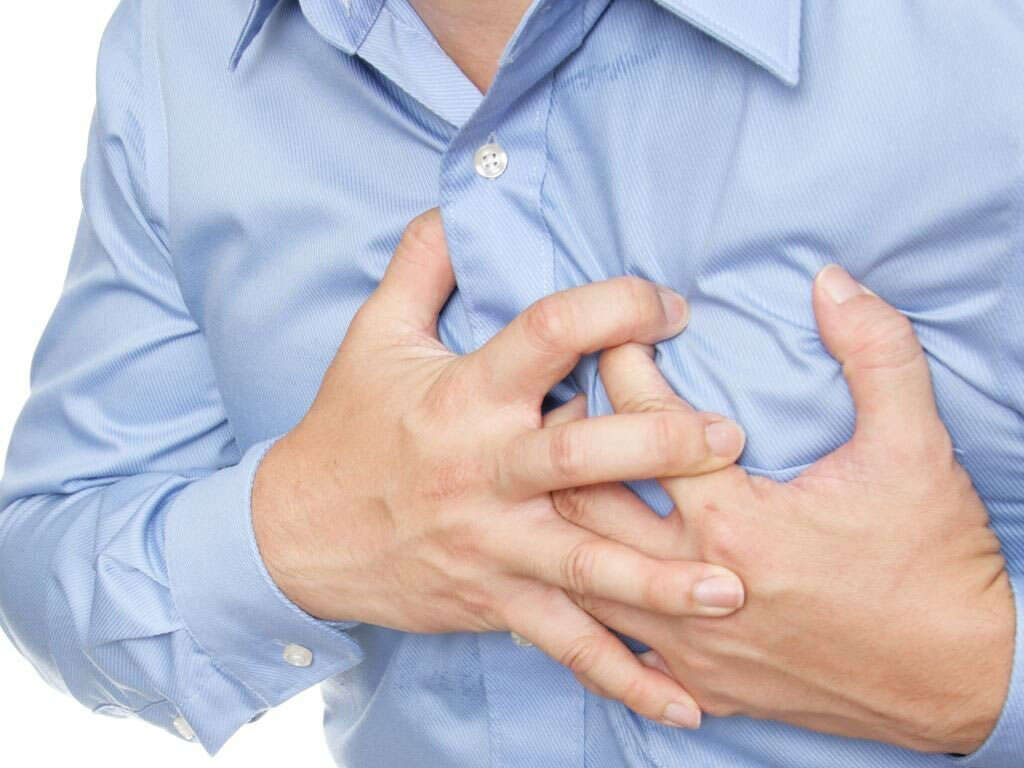10 Angina Pectoris Symptoms
Angina pectoris is also known as stable angina. If the heart muscle does not receive the blood and oxygen it needs to function properly, it can result in chest pain or discomfort. This is known as angina pectoris and is typically a result of coronary artery disease or ischemic heart disease, where a narrowing in one or more of the main arteries has restricted blood flow.11. Angina Pectoris.’ Johns Hopkins Medicine, Based in Baltimore, Maryland, www.hopkinsmedicine.org/health/conditions-and-diseases/angina-pectoris
Stable angina is different from unstable angina, usually occurring during periods of increased demand, such as physical exertion, whereas unstable angina can occur at rest or with very little physical exertion.
Chest Pain
The chest pain associated with angina pectoris has been described as a dull pain, described as tightness, pressure, heaviness or squeezing in the chest. It typically comes on soon after starting physical activity. It's usually predictable in terms of its onset and the type of pain experienced.
The pain usually resolves within 5 minutes, and this symptom improves with rest or upon taking prescribed medication, such as glyceryl trinitrate. This drug is sprayed under the tongue at the onset of pain, and it works by widening the arteries to increase blood flow to the heart.
Radiating Pain
Another symptom that is commonly associated with angina pectoris is radiating pain. This is when the pain in the chest radiates into the neck, jaw, shoulders and upper arms. This pain has similar characteristics to the associated chest pain, in that it is dull and achy. It may make the arms feel heavy.
Radiating pain that is caused by ischemia is commonly felt at the tip of the right shoulder. Pain in this area can be a warning sign of an imminent heart attack.

Shortness of Breath
Shortness of breath is another symptom associated with angina pectoris. It can occur with chest pain or as a standalone symptom. The shortness of breath comes on during physical exertion and, as such, can be misdiagnosed as a respiratory issue.
Often, shortness of breath without chest pain can be an early sign of high-risk heart disease. The shortness of breath may be insidious in nature, gradually worsening over time, leading to a reduced quality of life.
Weakness
Another associated symptom of angina pectoris is weakness. It's not a common symptom, but when it does occur, it can be severe. In these instances, the weakness may be so pronounced that the individual has difficulty standing or moving, having to lie still until the attack subsides.
Muscle weakness occurs because of inadequate blood flow leading to insufficient oxygen and nutrients to the muscles. As a result, they are unable to function properly.

Fatigue
Fatigue is a common symptom of angina pectoris. Often the fatigue that is felt by the individual comes on slowly and insidiously with many not immediately feeling its effect.
As coronary artery disease worsens, the perfusion of the heart muscle decreases. At least initially, this may not be significant enough to induce symptoms. Over time cardiac output decreases, meaning the amount of oxygen delivered to the organs and muscles is reduced. Fatigue is the end product of the reduced oxygen supply.
Dizziness
Dizziness or lightheadedness are common symptoms of angina pectoris. They occur because of the reduced supply of blood to the brain, which means it does not have sufficient oxygen to maintain normal function. In some instances, confusion can also ensue. Severe cases of dizziness can result in episodic fainting.
Like several of the other symptoms of angina pectoris, dizziness will usually come on suddenly. Lightheadedness can occur in isolation or alongside other symptoms, such as chest pain and shortness of breath.

Reduced Exercise Tolerance
Angina pectoris is most commonly brought on by increased physical exertion. This means that individuals will notice a reduced exercise tolerance with other symptoms such as chest pain and shortness of breath limiting any physical activity.
Doctors use a stress test to check how well the body tolerates exercise. It uses physical exertion to induce an angina attack. Exercise tolerance testing can be used to monitor if angina is worsening.
Nausea and Vomiting
One of the less common symptoms of angina pectoris is nausea. This nausea usually comes on suddenly due to a lack of oxygen-rich blood. Women are more likely to experience this symptom.
Angina-induced nausea is usually mild to moderate in nature, although on rare occasions it can be severe enough to cause severe vomiting. When an individual experiences vomiting related to angina, it is important to seek medical attention. Ongoing vomiting can prolong an angina attack.

Increased Heart Rate
An increased heart rate is another symptom of angina. During physical activity, the body's oxygen demand increases. The heart works harder to satisfy this increased demand, resulting in increased heart rate.
During angina attacks, individuals will typically have a high heart rate. However, increased heart rate is not a definitive symptom or indicator of angina, as physical exertion alone also results in an increase. It is, nonetheless important, with heart rate control considered one of the key factors when managing angina pectoris.
Perspiration
Another symptom associated with angina pectoris is excessive perspiration or sweating that is not related to exercise. This typically occurs suddenly and without warning.
Excessive sweating can be an indicator of a heart attack. As excessive perspiration is also common in menopausal women, it can be dismissed as being associated with a menopausal hot flash. Excessive perspiration in conjunction with any of the symptoms above should be checked by a medical professional.











